
My Top 10 Lightshaping Tools
I started my first job in photography back in 1984 in Glasgow, Scotland with Granville Fox Photography. A local wedding and portrait shooter who taught me so much more in 2 weeks than college did in 2 years! I learned about medium format, communicating to clients, how to shoot portraits and weddings in the “real world” and generally learned many valuable little tips and tricks that are in still in my play book almost 30 years later.
Lighting was the single most important lesson that I never paid enough attention to. He didn’t teach me as such. The studio was always set up and ready to go, should someone walk in. I knew how to turn on the lights and what power they should be set at. I learned how to use the flash meter and knew how to make the exposure right. Apart from that, not much more. I had no understanding of what exactly each light was doing, I just knew that the end result looked good. Why there was a grid on one light and not another, for example, was a question I never asked.
As my career progressed and I had my own business, I started as a studio photographer but streamlined into more sports and PR and very rarely shot in the studio towards the end. It wasn’t until I moved to the US in 2002 and joined Sinar Bron Imaging, the distributor of Broncolor, that studio lighting became a larger part if my life again.
As part of my training with Broncolor, I visited with the factory in Allschwil (near Basel in Switzerland). I was introduced to Urs Reicher, photographer for Broncolor. His knowledge of lighting and light shaping tools was on a completely different level to anyone that I had ever met before. He was able to talk about a particular reflector in terms that I had never considered before. He talked about coverage, edge transfer, shadow definition, shadow contrast and highlights. He talked about the qualities of light with such an understanding of what each light was bringing to the image that I realized I need to know more. I was not serving any of my customers with anything special. Things had to change.
And so I began to play with lighting and learned that the rules are made to be bent and broken. Being a little bit of a maverick, this appealed to me right out of the gate! The rule became simple – if it looked good, it was good. However, in order to make solve problems for customers, I needed to know and understand each light shaper and what it could and couldn’t do. With any list, it is personal. Many of you will have a different opinion and I may have missed your personal favorite piece of lighting gear, but if this stimulates your imagination on what you could change or add to your lighting arsenal, then this has served the purpose of making you think a little more about your lighting scenarios and not being the guy that just turned them on again.
10. Profoto Zoom Reflector

The Profoto Zoom reflector is the standard reflector that comes with all Profoto Acute and Pro Heads. It is easy to look past this reflector as it is “thrown in” with the head, but this would be a mistake as the 2nd generation of the Zoom Reflector is very much improved over the original. In fact, I would go so far as to say they offer a completely different light. The newer version has added a lip, so that grids can be snapped directly onto the reflector instead of need an additional adapter. Additionally, the light is much more even at all zoom positions. From 45–100° spread, the new version has a really nice smooth transition from the center to the edge. Gone are the oddities – sometimes referred to as donuts – that could be seen typically around the middle of the range. Will help bring out the texture in your subject – so not for anything other than perfect skin!
9. Broncolor Mini Satellite
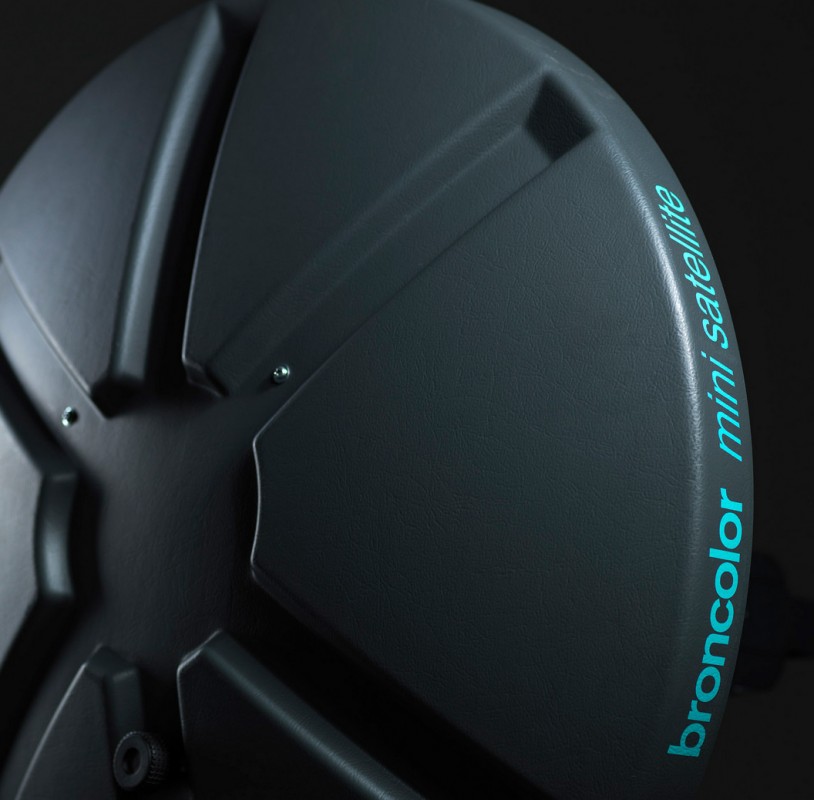
Broncolor has had the knack of coming up with some reflectors that are truly unique and this is the case for the Mini Satellite. Born from the experience with the now discontinued bigger brother, the Mini Satellite is much easier to take on location. If you want to replicate sunlight, this is the tool for you. It is probably the most efficient lightshaper ever. A shiny parabolic surface allows for light to be cast over a long distance and still achieve small aperture settings. The angle can be controlled by moving the head closer or farther away from the surface. Soft edge transfer and high contrast are the main characteristics.
8. Fresnel Spot
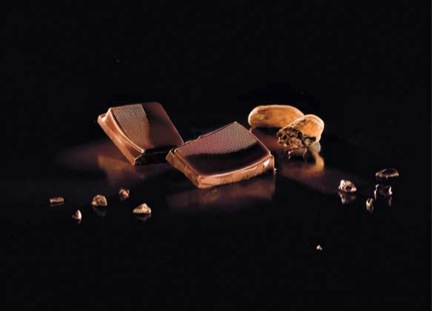
Fresnel spots offer more control over the light than standard snoots and reflectors. They typically will have a variable angle and produce a spot light – that has a smoother edge transition and also a more centerweighted look. The resulting light ends up looking a lot softer of a spot than a standard reflector. Excellent for food and general product photography, when you are looking to accent parts of the image.
7. Octabox
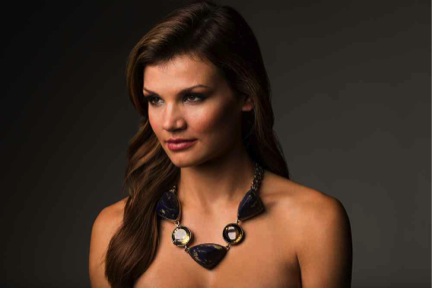
The Octabox is being seen in more and more studios, and now comes in a variety of sizes. Both Broncolor and Profoto have recently introduced a new series of soft boxes, which include Octaboxes (and speedrings for just about any brand). With competition comes better pricing too. These octagonal shaped softboxes produce a very even coverage, however the level of “softness” is created by the size of the softbox in relation to your subject. Basically as the light get closer and larger, it gets softer. The small size will retain a little more contrast. But by far the largest reason to add an Octabox to your studio is to get rid of that un-natural square shaped highlight in the eye, and replace it with a much rounder and more natural looking highlight. Your perfect portrait companion!
6. Profoto Magnum
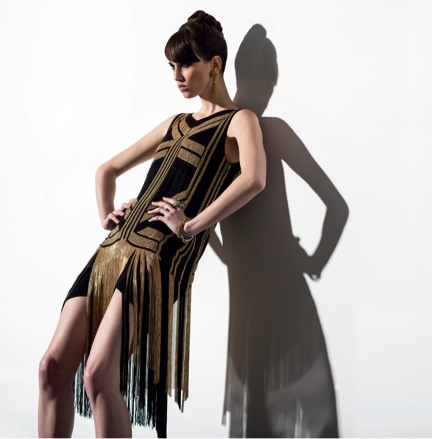
The Profoto Magnum reflector is the “go to” standard for shooting fashion and action, especially outdoors. It is equally at home in the studio. Being physically larger than a standard zoom reflector, the diameter is almost double the size at 13.6” compared to 7.6”, this makes for a much more versatile light. It can be as edgy as you’d like, but it has a smooth coverage especially between setting 8 to 10 (40-50°). The other major attraction over the standard reflector is the increased light output of 1 f-stop more. So if you can’t decide if you need to by 2400ws instead of 1200ws, save yourself a boatload of cash and buy a Magnum instead! Shadows are deep and sharp edged for great effects.
5. Grids
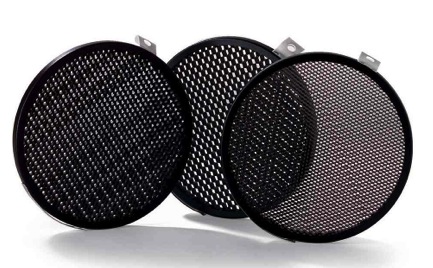
Let me say this now, I love grids. L.O.V.E. If for no other reason than you gain additional control of your lighting. For me, lighting is all about control and there is no easier way to turn your softbox/hard shell reflector into a 2nd style of light with the addition of a grid. So what does it do? It really straightens out the light coming from your reflector, and the angle of light is now dependent on the honeycomb itself. In doing this, it also changes the edge of the light. Where a standard reflector has a sharp edge to it – meaning it is light/dark – the addition of the grid adds a graduated light to dark edge, which is much more pleasing if that edge is within the image area itself. Additionally you can now control unwanted reflections.
4. Broncolor P120
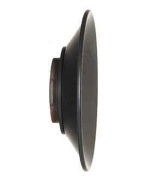
This amazing little reflector comes right out of the “best value for money reflector book of tricks”. Everyday is a learning experience for me and I never really knew what to do with this reflector until Andre Rowe in Miami, FL raved about it so much I had to learn more. How could a simple flat dish with a 120° spread of light be that interesting? Andre shoots mostly fashion/beauty and is forever lighting a white cyc wall. This can be in his studio, or in studios on location. Why use two lights when you can use one? Rigged on a boom overhead and slightly behind the model, this little dish illuminates the background incredibly evenly for one light. Throw a diffused glass dome on the lamp head, and it is even more remarkable how even the light is. In other uses, it is great for that “bare head” look. A very small point source offers a single small natural looking highlight, yet without bathing the entire studio in light.
3. Broncolor Picobox/Profoto Probox/Boxlite
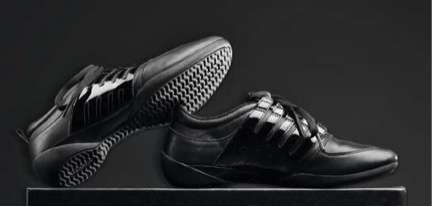
How did we ever photograph any mirror like surface before we had these lighting tools? Whenever you need to light this kind of subject, jewelry, glass, chrome etc. Maybe this is the right direction? The key characteristics are an extremely even coverage and perfect mirror-like reflections. Remember, there is no wrinkly fabric to cause imperfections, and there is no wavy edge line in the highlight. The highlights get less bright as you get closer – the inverse square law is in effect – and it also retains a beautiful softness at close distances.
2. Beauty Dish

Beauty dishes have been around forever, but their popularity is as strong now as ever. For perfect skin, you can really go to town with either silver, or a white beauty dish. The white is a little more even in coverage whereas the silver is a little more center-weighted. Close in, at 4-5ft from your model, these lights are at their best for the standard 20” beauty dish. The results have excellent contrast with flattering even light, and shadows are deep and clearly defined. The catchlight in the eye is a pleasing natural round shape. As you start to back these lights away from your subject, they change their characteristics. The white interior really starts to lose light rapidly due to the diffusion that is caused by the white surface. The silver interior pushes light out in straighter lines and so it loses less power over distance. With optional diffusion socks and grids, these lights can be very versatile indeed.
1. Broncolor Para
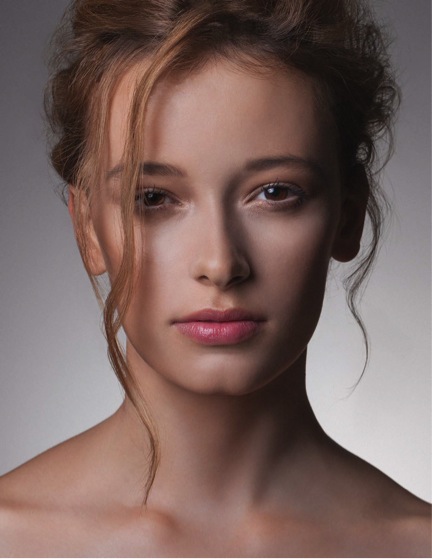
To all that know me, this will come as no surprise. My number one all-time favorites are the Broncolor Paras. Now coming in five sizes ranging from 3ft to a staggering 11ft diameter, there is a Para for everyone. The Para is such a unique light shaping tool. It has several looks and no matter how hard you try, you cannot replicate this light with any other tool. You can get close, but as we know from our experience with digital backs, the difference is in the details. This can be a shadowless light. But it is not a soft diffused light. It shows so much texture. For separation of subject to background, this one light can do it all. Moving the light closer and farther from the reflector surface also changes the light dramatically. Farthest from the surface, this light becomes 24 small lights surrounding your subject. Closer to the surface and it starts to become a large single source but more spot like light with higher contrast and a much higher output. Even up to the Para 222 (7ft), the clever design employed means that you can open and close this giant as a one-man operation – unlike many competitors and impersonators.
All light shapers and accessories are available from Capture Integration. Contact us to learn more about this selection, as well as any modifiers NOT featured here. The Capture Integration sales team can help you with any/all of your lighting needs. Call today to schedule your demo.